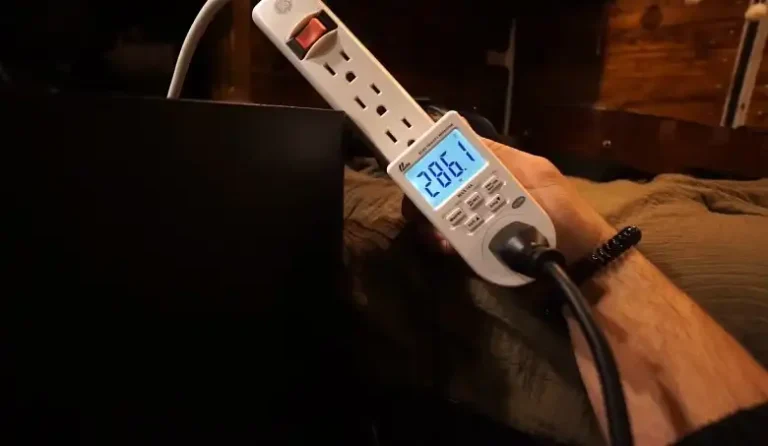How Much Do Solar Farms Pay to Lease Land?
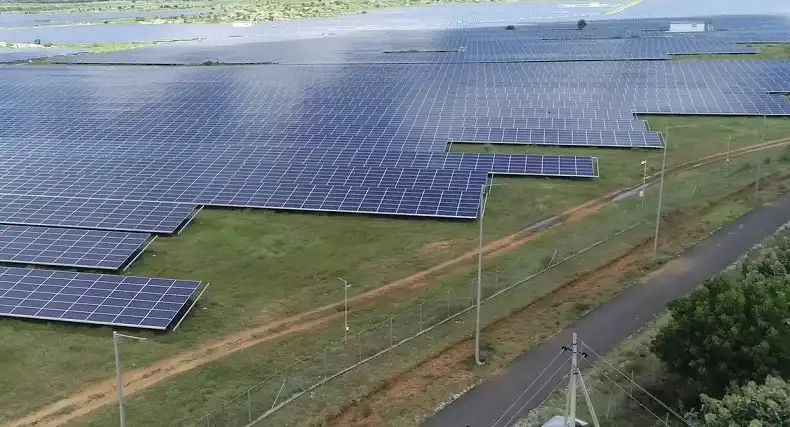
As the push for renewable energy gains momentum across the United States, solar developers are increasingly turning to farmland as prime real estate for their projects.
This has led to a surge in interest among landowners about the potential income from leasing their property for solar installations.
The most pressing question for many is: How much can I earn by leasing my land for a solar farm? While rates can vary widely, recent surveys indicate that solar companies are now offering $1,000 per acre or more to lease land in many areas.
This article will explore the factors that influence solar land lease rates, typical payment ranges, and what landowners should consider when evaluating solar leasing opportunities.
Whether you’re a farmer looking to diversify your income or a landowner curious about the potential of your property, understanding the current landscape of solar land leasing is crucial in today’s evolving energy market.
Factors Affecting Solar Land Lease Rates
The amount solar developers are willing to pay for land leases can vary significantly based on several key factors.
Understanding these elements can help landowners better evaluate the potential value of their property for solar development.
1. Market Demand
The demand for solar energy in a particular region plays a crucial role in determining lease rates. This demand is often driven by:
Renewable Portfolio Standards (RPS): States with ambitious RPS goals, such as Virginia’s commitment to 100% renewable energy by 2050, tend to see higher lease rates as developers compete for suitable land.
Corporate Energy Buyers: Large tech companies like Facebook and Google are increasingly seeking renewable energy sources for their data centers, driving up demand in certain areas.
Regulatory Climate: Regions with supportive policies and tax incentives for solar development may offer more competitive lease rates.
2. Alternative Land Uses
The economic value of your land for other purposes sets a baseline for solar lease offers. Developers need to match or exceed your current income from the land to make leasing for solar an attractive option.
However, it’s worth considering that solar leases often provide more stable, predictable income compared to agricultural or other uses that may be subject to market fluctuations or environmental factors.
3. Interconnection Costs
The proximity and capacity of existing electrical infrastructure significantly impact a property’s value for solar development. Ideal properties have:
- Transmission lines, distribution lines, or substations on or adjacent to the land
- Appropriate voltage capacity for the planned project size
- Sufficient injection capacity in the local grid
Properties meeting these criteria may command higher lease rates as they reduce the developer’s interconnection costs.
4. Land Size and Availability
While larger parcels of land are generally more valuable due to economies of scale in solar farm construction, regional factors can influence this. In areas where suitable land is scarce, even smaller parcels may fetch premium rates.
For example, finding 500 acres of suitable land in Virginia might be rare and highly valuable, whereas in Nevada, it might be less exceptional.
5. Regional Supply and Demand
Short-term events and long-term trends can impact lease rates:
- Announcements of new RPS targets or energy procurement plans
- Upcoming expiration of tax incentives
- Grid infrastructure upgrades
Long-term factors, such as the maturity of the solar market in a region, also play a role. For instance, California’s well-developed solar market has led to higher lease rates due to limited available land and sustained demand.
Typical Solar Land Lease Rates
Understanding the current range of solar land lease rates can help landowners set realistic expectations and negotiate effectively with developers.
1. Range of Lease Rates
Solar lease rates typically fall between $250 to $2,000 per acre, per year. However, this range can vary significantly based on the factors discussed earlier. In some high-demand areas, rates may even exceed this range.
2. Recent Trends in Lease Offers
Recent surveys have shown a notable increase in lease rate offers. According to a Purdue University poll:
- 58% of farmers reported being offered over $1,000 per acre
- 30% received offers ranging from $1,000 to $1,250 per acre
- 28% were offered more than $1,200 per acre
These figures represent a significant increase from previous years, indicating growing competition among solar developers for suitable land.
Evaluating Your Land’s Potential for Solar Leasing
To assess whether your land might be attractive for solar development, consider the following factors:
1. Ideal Land Characteristics
Solar developers typically look for land that is:
- Relatively flat (less than 5 degrees slope, or south-facing if steeper)
- Clear of trees, structures, and other obstacles
- Free from bodies of water like ponds or streams
- Easily accessible via public roads
2. Proximity to Electrical Infrastructure
The closer your land is to existing electrical infrastructure, the more valuable it becomes for solar development. Ideally, a substation or electrical grid should be within two miles of the property, with three-phase distribution lines nearby.
3. Regional Factors
Consider your state’s renewable energy goals, the presence of large energy buyers in your area, and local policies supporting solar development. These factors can significantly influence the demand for solar-suitable land in your region.
Impact of Solar Leasing on Agricultural Land
For farmers and agricultural landowners, leasing land for solar presents both opportunities and considerations.
Comparison to Agricultural Income
In many cases, solar lease rates can exceed the income from traditional farming, especially in areas with lower agricultural productivity.
For instance, in regions where cash rents for farmland are relatively low, a solar lease offering $1,000 per acre could represent a substantial increase in income.
Long-term Considerations
While solar leases can provide stable, long-term income, landowners should consider:
- The duration of the lease (typically 20-30 years)
- Potential impacts on future agricultural use of the land
- Effects on overall land value and neighboring properties
The Process of Leasing Land for Solar
Understanding the leasing process can help landowners navigate negotiations with solar developers more effectively.
Initial Discussions with Developers
According to recent surveys, an increasing number of farmers are being approached by solar companies. In April 2024, 19% of farmers reported having discussions about solar leases in the past six months, up from 12% in March.
Evaluating Lease Offers
When considering a solar lease offer:
- Compare the offer to your current land income and potential future earnings
- Consider the developer’s reputation and track record
- Seek legal advice to understand the terms and conditions of the lease
- Evaluate any proposed escalator clauses that may increase payments over time
Summary
The solar land leasing market is dynamic and rapidly evolving, with lease rates trending upward in many regions.
For landowners, particularly in areas with strong renewable energy policies and high demand, leasing land for solar development can offer an attractive, stable income stream.
However, it’s crucial to carefully evaluate offers, considering both short-term gains and long-term implications for your property.
As the renewable energy sector continues to grow, staying informed about market trends and working with reputable developers can help landowners make the most of this emerging opportunity.
Whether you decide to lease your land for solar or not, understanding its potential value in this market can be a valuable asset in managing your property effectively in the years to come.
Frequently Asked Questions
1. Is Leasing Land For Solar Worth It?
Leasing land for solar can be worth it if you don’t use a significant amount of electricity yourself or don’t have a federal tax liability to offset. In such cases, leasing can provide a steady income stream without the upfront costs and long-term commitments of owning and maintaining a solar system.
2. How Much Money Can A 10-Acre Solar Farm Make?
A 10-acre solar farm can generate between $21,250 and $42,500 annually, depending on factors like location, lease agreements, and the energy output of the solar panels installed on the land.
3. How Much Do Landowners Make From Solar Farms?
Landowners can typically earn about 7-8% of the market value of their land per year from leasing it to a solar farm. The exact amount depends on the specific lease terms, location, and market conditions.
4. Why Would A Landowner Want To Lease Their Farmland To A Solar Farm?
The primary reason a landowner might lease their farmland to a solar farm is the potential for steady income. Solar leases can provide a reliable revenue stream, often more predictable and lucrative than traditional farming, especially if the land is not otherwise being used efficiently.
5. What Are The Risks Of Solar Leasing?
One of the main risks of solar leasing is that you will never own the solar system under a lease agreement unless you choose to buy out the contract.
This means you won’t benefit from potential long-term savings on electricity or from government incentives available to system owners.
Additionally, the lease terms can be long, and you may face restrictions on how you can use your land during the lease period.
6. Is 5 Acres Enough For A Solar Farm?
Yes, 5 acres is typically enough for a solar farm, as you’ll usually need around 5 acres of land to support 1 megawatt of solar capacity. However, the exact land requirement can vary based on the specific design and layout of the solar panels.

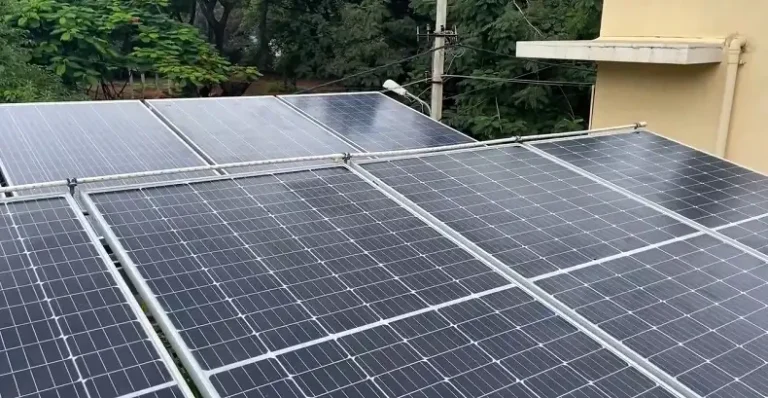
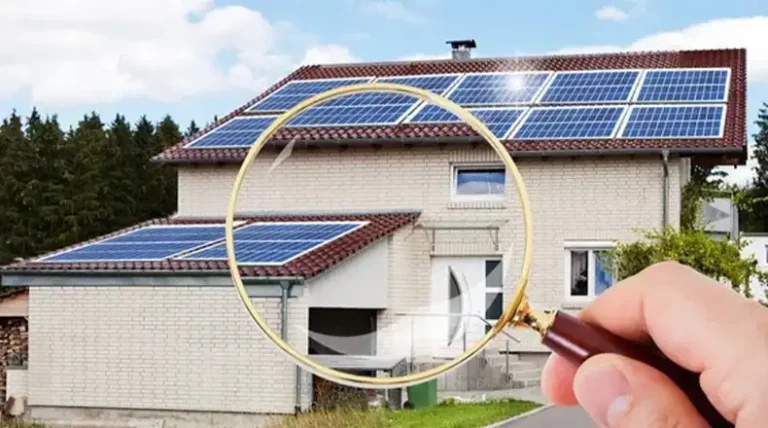
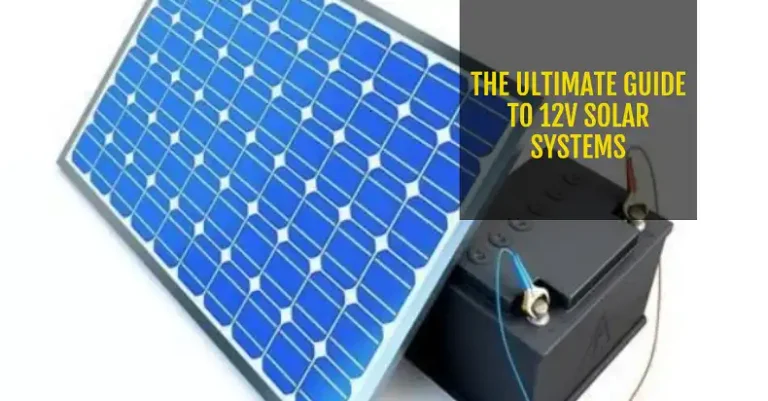
![[Answered] What Is a Safe Distance to Live From A Solar Farm?](https://www.itekenergy.com/wp-content/uploads/2023/07/What-Is-a-Safe-Distance-to-Live-From-A-Solar-Farm-768x428.webp)

